Female scientists are currently at the forefront of many groundbreaking research projects across the globe and despite there still being a long way to go to reach total gender parity, research shows that more women than ever are starting careers in science and technology. Yet barriers still exist for women in STEM and tackling gender stereotypes by accentuating the work of female researchers and engineers is a key step to ensuring that more young women take the initiative to pursue a career in science and technology.
Historically, women have always played a big role in science and in particular, the development of technology. You’ll most likely have heard of Ada Lovelace, Henrietta Vansittart and Hertha Ayrton who have shaped the world today with their technological discoveries. Yet there has always been a disparity in the numbers of women pursuing careers in STEM, compared to men.
A 2018 OECD report disclosed that women are “significantly less likely to choose natural sciences, engineering and ICT studies”. Whilst numbers have consistently improved since the start of the 21st century, there still seems to be a long way to go, particularly in subjects such as computing and engineering. However, there are many signs of positive change in the OECD data, particularly in emerging economies such as India and Indonesia, the nations closest to achieving gender parity.
Similarly, a recent study launched by Ludo Waltman from Leiden University investigated the levels of women starting a career in science, looking at the differences by discipline between the years 2000 and 2010. Uptake of medicine, neuroscience and agricultural and biological sciences increased significantly alongside a rise in all other fields bar nursing, which saw a decrease. The study paints a positive outlook for women starting careers in science, whilst the numbers are not equal yet, more and more women are being incentivized to pursue careers in STEM subjects.
During the pandemic, female researchers have played a vital role in combating the spread and efficacy of the virus. From important research on the makeup of COVID-19 to designing tests to creating suitable PPE for doctors and nurses, to developing vaccines; the pandemic has demonstrated that women are increasingly at the forefront of scientific research.
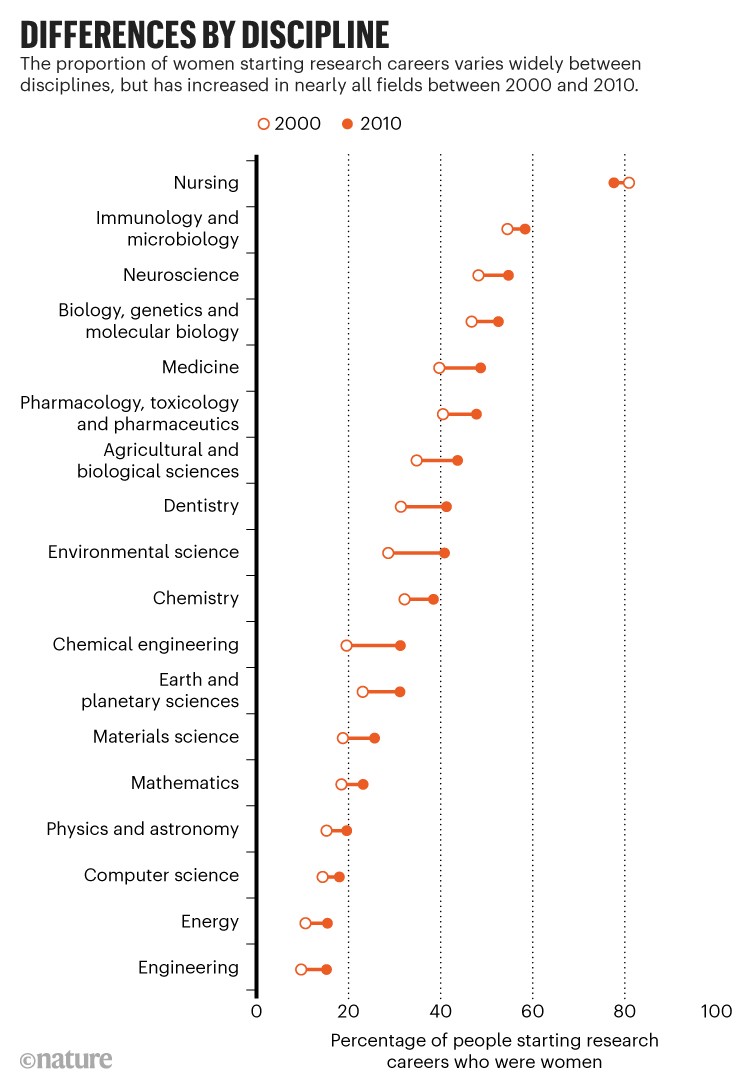
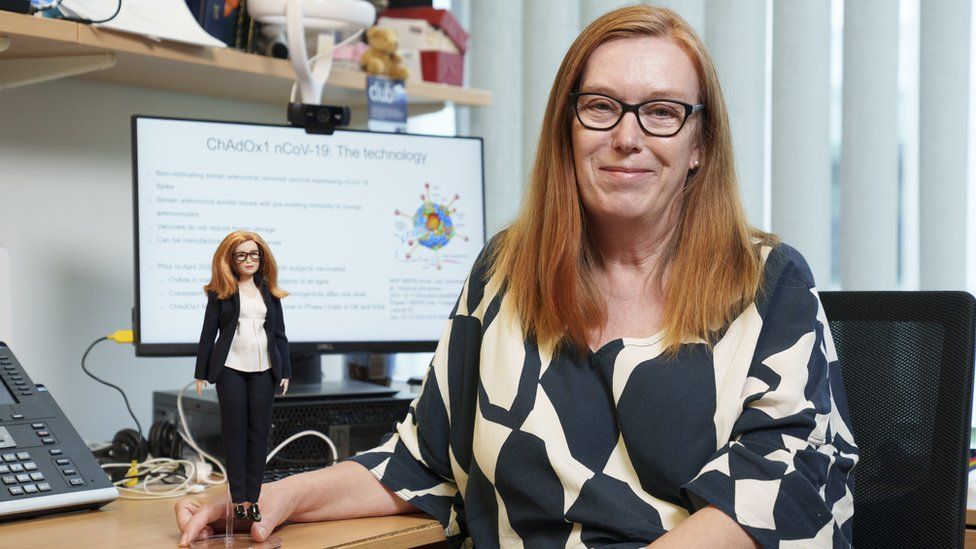
More than ever before, young girls are being encouraged to be inquisitive about the world around them and pursue careers in science and technology. In August, it was announced that Barbie had created a doll of the female scientist who designed the Oxford coronavirus vaccine, Prof Dame Sarah Gilbert. Her wish, she said, “is that my doll will show children careers they may not be aware of, like a vaccinologist”. Prof Dame Gilbert’s doll is one of six to honour women working in STEM. The overarching aim of the collection is to challenge gender stereotypes and show young people that heroes come in many different forms.
Today, some of the most important discoveries and advances in science have been attributed to women. Alongside Prof Dame Gilbert, there is Jennifer Doudna, Cynthia Kenyon, Katherine Freese, Sunetra Gupta and Nina Tandon, who are progressing science with their groundbreaking research.
The inventor of a technology for editing genomes, CRISPR-Cas9, Jennifer Doudna is one of the most well-known scientists of the modern age. Jennifer Doudna earned a Ph.D. from Harvard Medical School in 1989. She later received the Nobel Prize in Chemistry in 2020 alongside Emmanuelle Charpentier for the development of a method for genome editing.
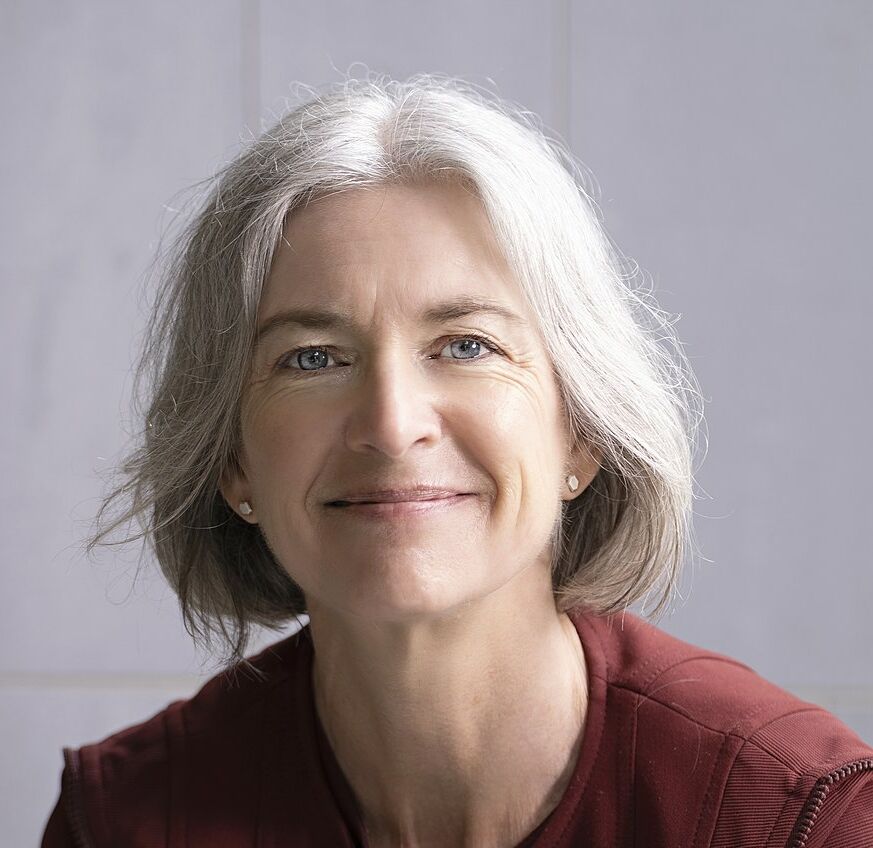
Nina Tandon is a biomedical engineer who is changing the world of cell science. She is the founder and CEO of EpiBone, a company that grows bones for skeletal reconstruction. She has completed two advanced degrees at Columbia University: a Ph.D. and postdoc in stem cells and tissue engineering and an Executive MBA in healthcare entrepreneurship.
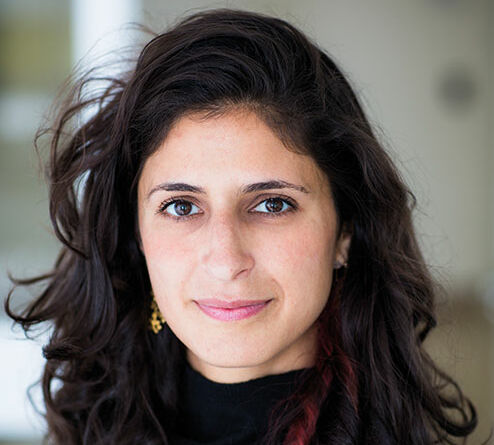
A molecular biologist whose work on genetics could help us understand and slow the effects of aging so we can live longer, healthier lives. She is currently the vice president of aging research at Calico Research Labs, and emeritus professor of biochemistry and biophysics at the University of California in San Francisco.
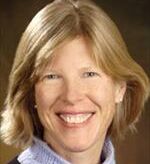
Sunetra Gupta is a professor of Theoretical Epidemiology at the University of Oxford. Gupta’s research focuses on the infectious disease agents that are responsible for HIV, malaria, bacterial meningitis, influenza and COVID-19. During the pandemic, Gupta was prominent in voicing her opinion over containment strategies.

Katherine Freese is a theoretical astrophysicist. Currently a professor of physics at the University of Texas at Austin, she is also the author of “The Cosmic Cocktail,”. She is most known for her work in theoretical cosmology at the interface of particle physics and astrophysics.

Many employees at Labforward have a background in STEM. As of today, 37% of Labforward employees are women. We spoke to a couple of our colleagues to ascertain why they decided to do science at higher education and what their experiences were in the lab.
For Melanie, her experiences in the lab shaped her as an individual. Inspired by her biology teachers, she went on to study Biomedicine at higher education. Speaking of her experiences she said: “I liked the work in the laboratory as it requires you to be a perfectionist, be good with your hands and of course, know your topic well. It also needs a lot of patience as many experiments do not work out as planned. Troubleshooting is on the daily agenda and one needs to become resilient to disappointments. Nevertheless, it’s a beautiful place to work as you will discover things on a daily basis that no one saw before.”
Likewise, Frances had always been passionate about natural sciences; she joined extracurricular science activities where she could, and showed great enthusiasm for STEM courses throughout her education. She studied biotechnology at university and remarked how as the “course content got significantly more challenging,”-her-“passion remained and resulted in a higher degree”. Speaking of her experiences, she states that: “working in the laboratory fulfilled me very much, and while I was always treated with respect and equal to my (male) colleagues some of my fellow female researchers were not so lucky. Now, many universities employ ‘women in science’ initiatives and encourage women to demand equality. It’s been great to see how fruitful these initiatives are”. After studying a STEM subject at university, she carries the valuable experiences from the laboratory forward and it continues to influence her daily life.
Whether a woman decides to stay working in the STEM environment or whether they choose to pursue a different career, the skills and experiences they’ve made in the lab continue to shape them. Frances and Melanie for example have chosen to use their background to aid other scientists by connecting the laboratory environment. Whilst there’s always more we can do to encourage women to pursue careers in STEM, the numbers are promising as they demonstrate that women in science initiatives are working and more than ever before women are choosing to do a STEM subject at higher education.
“Science is not a boy’s game, it’s not a girl’s game. It’s everyone’s game. It’s about where we are and where we’re going.”
– Nichelle Nichols, Former NASA Ambassador and Actress
Leave a Reply